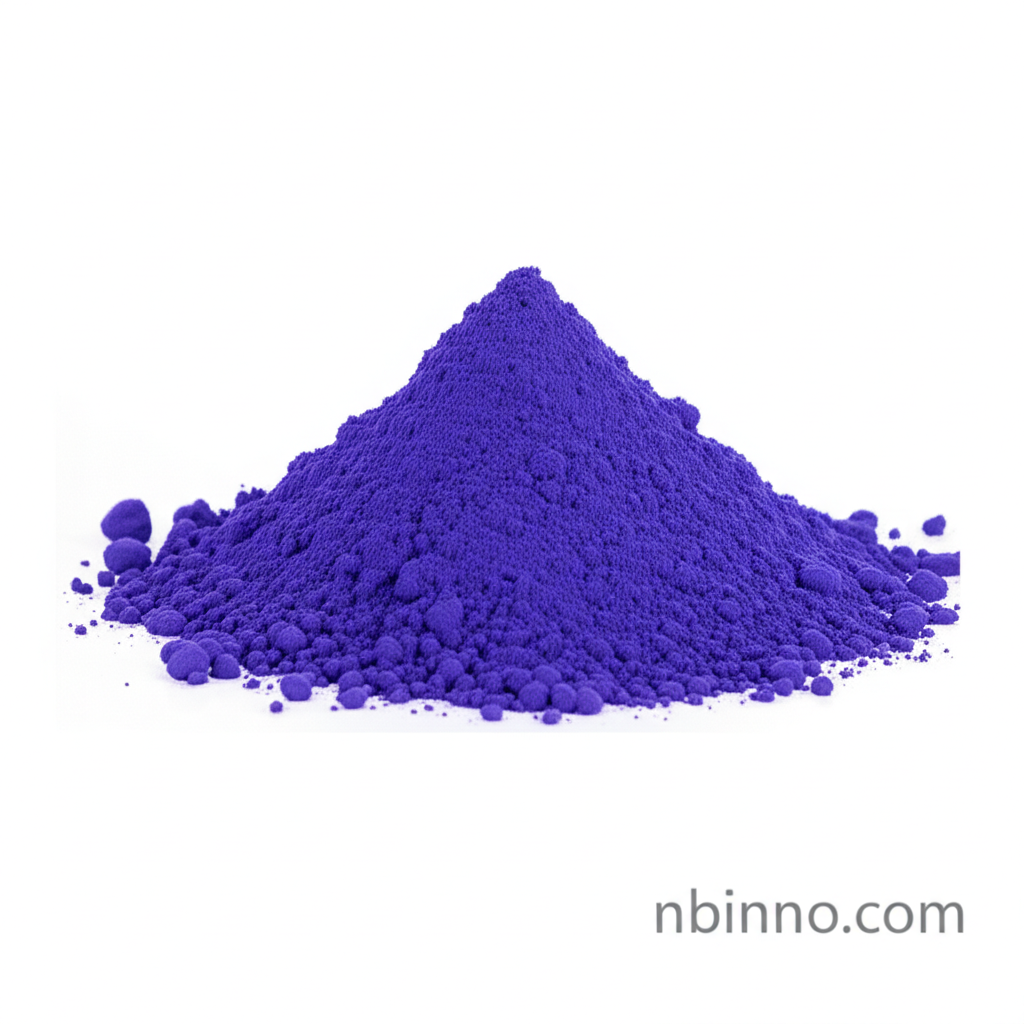Phthalocyanine CAS 574-93-6: Properties, Applications, and Synthesis Insights for Advanced Materials
Explore the multifaceted world of Phthalocyanine (CAS 574-93-6), a pivotal organic compound celebrated for its vibrant blue-green hue and extensive utility across various high-tech applications.
Get a Quote & SampleProduct Core Value

Phthalocyanine
Phthalocyanine (CAS 574-93-6) is a large, aromatic, macrocyclic organic compound with a molecular formula of C32H18N8 and a molecular weight of 514.54 g/mol. It is characterized by its intense blue-green color and remarkable thermal stability, with a melting point exceeding 300°C. As a leading supplier in China, we offer this versatile compound, renowned for its applications in areas like laser dyes, catalysis, and molecular electronics, contributing to the advancement of various industries.
- Explore the synthesis of phthalocyanine compounds through cyclotetramerization, understanding its core production methods.
- Discover Phthalocyanine's role as a laser dye, a critical component in advanced optical technologies.
- Learn about its application in catalysis for redox reactions, showcasing its utility in chemical processes.
- Investigate Phthalocyanine's potential in molecular electronics, paving the way for next-generation electronic devices.
Advantages Offered
Exceptional Color Properties
Phthalocyanine is highly valued for its intense and stable blue-green pigment, making it ideal for high-performance dyes and coatings.
High Thermal Stability
With a melting point over 300°C, this compound maintains its integrity under demanding thermal conditions, crucial for industrial applications.
Versatile Chemical Reactivity
Its unique structure allows for diverse applications, from catalyzing chemical reactions to serving as a building block in advanced materials like those used in molecular electronics.
Key Applications
Laser Dye Applications
Phthalocyanine serves as a crucial laser dye, enabling specific wavelengths for advanced laser technologies and scientific research.
Catalysis
Its role in catalyzing redox reactions is significant, offering efficient chemical transformations in various industrial processes.
Molecular Electronics
As a donor material in molecular electronics, Phthalocyanine contributes to the development of novel electronic devices with enhanced capabilities.
Pigments and Dyes
Its vibrant color and stability make it a valuable component in the production of high-quality pigments and dyes for various industries.
